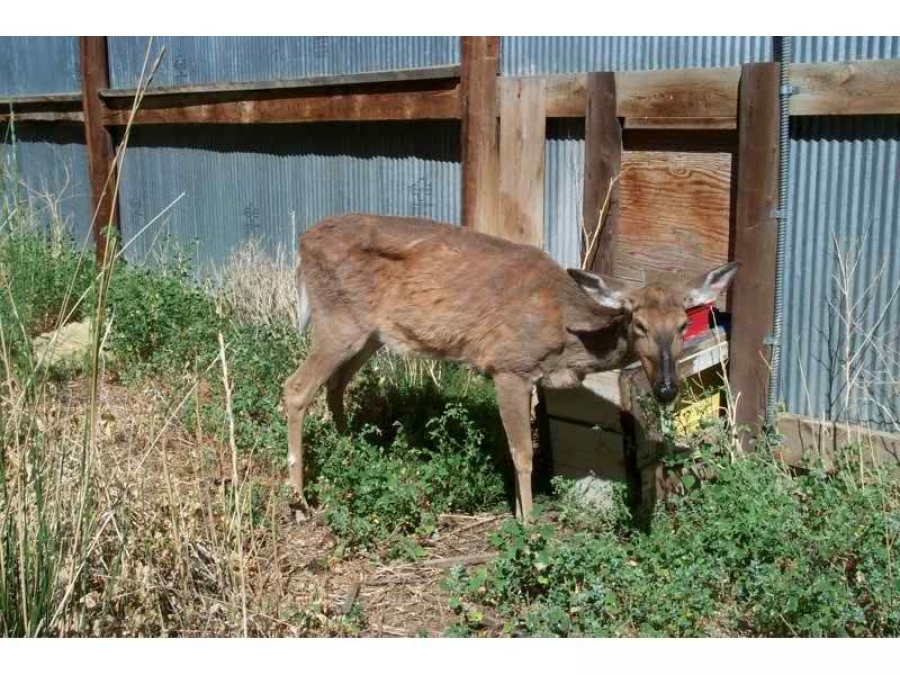
Game farm organization pushes back at plans for more CWD rules, claim cure is in reach
Far from being part of the problem, game farms might actually be the source of a cure for chronic wasting disease in deer.
That’s the claim from Whitetails of Wisconsin board member Greg Flees. His organization says new directives from Wisconsin Gov. Scott Walker to go after game farms to control the spread of chronic wasting disease (CWD) are misdirected.
“The game-farming industry has been spending, in the last year between our members and our organizations, probably hundreds of thousands of dollars on research to, basically, figure out if there’s a way to beat beat CWD,” Flees said. “And, to be honest with you, we think we have a way that we’re going to beat CWD.
Flees, who represents the nearly 400 game farms in the state, says, game farms are working on a cure through breeding better deer.
“Eighty to 90 percent of the deer herd out there is very susceptible to getting CWD if they’re exposed to it,” Flees said. “But, there are deer that carry certain genetic markers that are 5 or 10 times less likely to get CWD under the same conditions.
“We might be able to create a whitetail deer that, you could put in Mt. Horeb, Wisconsin, the hot zone of CWD, and they would not come down with the disease.”
So the solution for beating CWD is to breed more of the small numbers of deer that have this genetic marker that resists the disease. It’s not ideal, Flees admits, but it’s better than the solutions the state has — which currently number at zero.
“Let’s put it this way, CWD in Wisconsin in the wild, is a runaway train that they have no answers for right now,” Flees said. “And the game farm industry that’s getting blamed, is the one that’s putting all our money and our efforts into figuring out the solution.”
After years of taking a largely hands-off approach to CWD, Walker directed state agencies to come up with emergency regulations to help slow the spread of the disease. And those new game farm rules will apparently force out of business the very industry that’s finding a cure.
Among other things, Walker has adopted parts of a Democratic proposal from last year that calls for double or electric fencing for game farms.
Last year, 600 of the 9,882 deer that were analyzed in the state tested positive for the disease — an infection rate of 6.1 percent, according to the DNR. The infection rate was 7.3 percent in 2016 and 9.4 percent in 2015 — the highest since the disease was discovered in the state, DNR data show. The testing period runs April 1 through March 31.
Three of 50 deer tested since April 1 this year have tested positive, according to the DNR.










